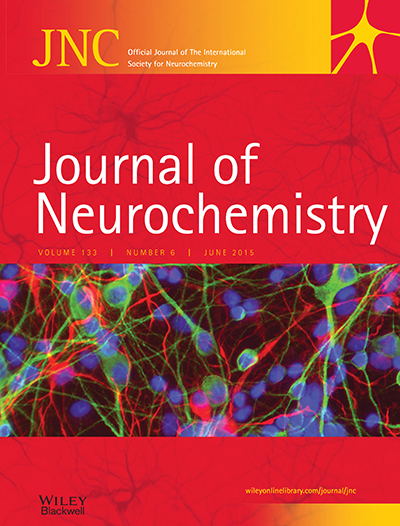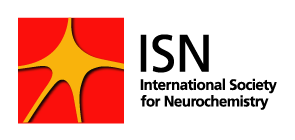About us
The International Society for Neurochemistry (ISN) is a nonprofit membership organisation and the only international society focused on neurochemistry. With a proud history dating back to its establishment in 1965, ISN strives to promote all relevant aspects of molecular and cellular neuroscience
How we Work
ISN supports the neuroscience community, connecting people around the globe and across specialties.
ISN members are scientists and physicians who are active in the field of neurochemistry, cell and molecular neuroscience or related areas and aims to facilitate the worldwide advancement of neurochemistry and related neuroscience disciplines; to foster the education and development of neuroscientists, particularly of young and emerging investigators, and to disseminate information about neurochemistry and neurochemists’ activities throughout the world.

Journal of Neurochemistry
ISN publishes The Journal of Neurochemistry (JNC) (Impact Factor 4.609), one of the leading sources for research into all aspects of neuroscience, with a particular focus on molecular, cellular and biochemical aspects of the nervous system, the pathogenesis of neurological disorders and the development of disease-specific biomarkers. In 2017 JNeurochem was ranked #57 among 261 journals in the category Neurosciences (2016: #65 among 258 journals) and #56 among 292 journals in the category Biochemistry & Molecular Biology (2016: #77 among 286 journals). In 2017 we received 37,022 cites which makes us #36/543 in terms of total citations in the fields of Neuroscience and Biochemistry & Molecular Biology.
History
Get to know us
Governance
Officers
Council members
Commitees
Contact us
secretariat@neurochemistry.org
